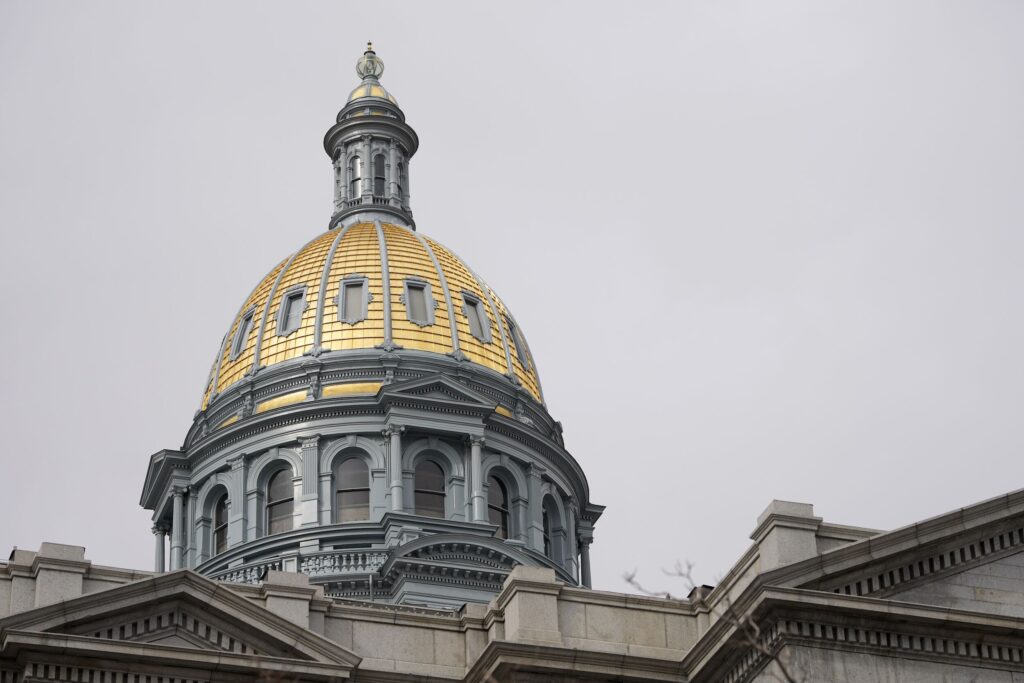NOONAN | Charter statute forces public ed off rails


The time has finally arrived. Legislators must face the contradictions and cross-purposes in our education policy. School districts with declining enrollment such as Denver Public Schools and Jefferson County Public Schools are confronting choices that charter-school legislation makes indecipherable and impossible.
A4PEP, Advocates for Public Education Policy, an organization with many former legislators concerned with education policy, has put forward an analysis of charter-school legislation that points to the problems that amendments to the 1993 statute have created.
Current law has eroded the capacity of local school districts to manage when, where and how many charter schools will be opened or closed. The impact on public tax dollars and education quality is large, especially now with demographics in areas of the state trending to the senior side or families moving to less expensive communities.
The original 1993 statute stated that charter schools would receive 80% of per-pupil funding and that capital expense was carried by the charters.
The original statute stated that charters would place a special emphasis on at-risk learners. The schools would improve at-risk student learning outcomes through innovative teaching methods that could then be shared with traditional schools.
The original statute stated that local school districts could limit the number of charters in their districts and that charters must be economically sound for both the charter and the district.
These guardrails are gone. Today, charters receive 100% of per-pupil funding minus administrative costs, and bond money is shared to support school construction.
The at-risk focus is no longer a principal charter emphasis. Rather, in the Greeley area, as an example, in 2019, 76% of students attended traditional public schools and 24% attended 18 charters that operate between Highway 257 and the Greeley airport. The traditional Greeley middle schools had more than 15% of its students with individual education plans (IEPs). Charter schools, by contrast, had 3% with IEPs.
Current statute states that charter-school applications must be decided based on the “best interests” of students, schools districts and communities. The State Board of Education may send applications back to districts if it finds school districts are acting contrary to “best interests.”
What does “best interests” mean and whose interests are “best?” Are “best interests” exclusively for students who might attend charter schools and for the schools themselves? Or does “best interest” refer to the students in a district who don’t choose to attend a charter? Does “best interest” favor district decisions on when to close schools for budgeting purposes?
Yes, there are the travails of closing schools. Jefferson County School District and DPS will have to close schools with low attendance. Here’s a scenario to consider. A traditional public school with a high number of at-risk students but low attendance is in proximity to a charter school with more students but few at-risk children. A school must be closed. The mission of the charter is not consistent with the preferences of the parents with at-risk students in the traditional school. The charter is unable to provide IEP services that match the needs of the community. And transportation to the charter is difficult or impossible for some of those parents. Which school should close?
Here’s another scenario. Jefferson County School District is reviewing its region designations to maximize quality and efficiency. The northern region with Pomona, Arvada, and Arvada West High Schools has experienced enrollment declines. It has the most charter schools in the district. It’s bad enough that Pomona terminated an orchestra teacher that closed the school’s orchestra program and caused a student walk-out, among other unhappy consequences. What other programs may be shut down because the district can’t control its budget or facilities due to charter-school statute?
Districts review charters only once every five years. What if school shutdowns must occur before the five years are up? Are charters protected from district shutdown decisions and, so, district-managed shutdowns only affect traditional public schools?
Jeffco’s Arvada region reveals the canary that exposes the risk to taxpayers and their investments in public schools. If current charter statute disadvantages school-district-planning efforts, who will fix that? The problem is in statute and it must be fixed in statute, legislators.
Paula Noonan owns Colorado Capitol Watch, the state’s premier legislature tracking platform.










